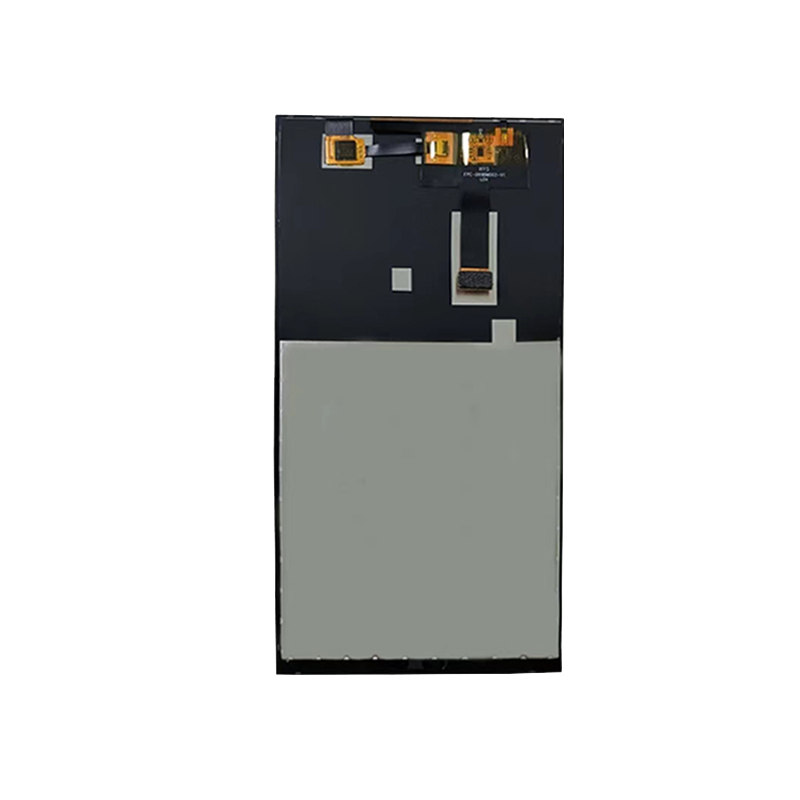Table of Contents
Liquid Crystal Display (LCD) Technology Explained
Liquid Crystal Display (LCD) technology has become an integral part of our daily lives, from smartphones and laptops to televisions and Digital Signage. But what exactly does LCD TFT mean? In this article, we will delve into the meaning of LCD TFT and explore how this technology works.
LCD stands for Liquid Crystal Display, which is a type of flat-panel display that uses liquid Crystals to produce images. These liquid crystals are sandwiched between two layers of glass or plastic and are manipulated by electric currents to control the amount of light that passes through them. This allows LCD displays to create images with high resolution and vibrant colors.
TFT, on the other hand, stands for Thin Film Transistor. TFT technology is used to improve the performance of LCD displays by incorporating a transistor for each pixel on the screen. This allows for faster response times, better contrast ratios, and improved color accuracy. TFT technology is what makes modern LCD displays capable of displaying high-definition content with crisp detail and clarity.
When you see the term LCD TFT, it is referring to a display that combines both Liquid Crystal Display and Thin Film Transistor technologies. This combination results in a high-quality display that is commonly used in devices such as smartphones, tablets, and computer monitors.
One of the key advantages of LCD TFT displays is their energy efficiency. Unlike older display technologies like cathode ray tubes (CRTs), LCD TFT displays consume less power, making them ideal for portable devices that rely on battery power. Additionally, LCD TFT displays produce less heat, which helps to prolong the lifespan of the display and reduce the risk of overheating.
Another benefit of LCD TFT technology is its versatility. LCD TFT displays can be manufactured in a wide range of sizes and resolutions, making them suitable for a variety of applications. Whether you need a small display for a wearable device or a large display for a television, LCD TFT technology can be tailored to meet your specific requirements.

In terms of image quality, LCD TFT displays offer sharp, clear images with vibrant colors. The use of TFT technology helps to minimize motion blur and ghosting, making LCD TFT displays ideal for watching videos, playing games, and viewing multimedia content. Additionally, the high resolution of LCD TFT displays ensures that text and graphics are displayed with crisp detail and readability.
Despite their many advantages, LCD TFT displays are not without their limitations. One common issue with LCD TFT displays is their limited viewing angles. When viewed from an angle, colors may appear distorted or washed out, which can be a concern for applications where multiple viewers need to see the display simultaneously.
In conclusion, LCD TFT technology combines the benefits of Liquid Crystal Display and Thin Film Transistor technologies to create high-quality displays with energy efficiency, versatility, and excellent image quality. Whether you are using a smartphone, tablet, or computer monitor, chances are you are interacting with an LCD TFT display. As technology continues to evolve, LCD TFT displays will likely remain a popular choice for a wide range of devices and applications.
Understanding Thin-Film Transistor (TFT) Technology in LCD Screens
Liquid Crystal Display (LCD) screens have become ubiquitous in our daily lives, from smartphones and tablets to computer monitors and televisions. One of the key technologies that make LCD screens possible is Thin-Film Transistor (TFT) technology. Understanding TFT technology is essential for grasping how LCD screens work and why they are so prevalent in modern electronics.
TFT technology is a type of transistor technology that is used to control the individual pixels on an LCD screen. Each pixel on an LCD screen consists of three sub-pixels, one each for red, green, and blue. By controlling the voltage applied to each sub-pixel, the screen can produce a wide range of colors and shades. TFT technology allows for precise control of each sub-pixel, resulting in sharp images with vibrant colors.
One of the key advantages of TFT technology is its ability to switch pixels on and off quickly. This rapid response time is essential for displaying fast-moving images, such as videos or video games, without blurring or ghosting. TFT technology also allows for high refresh rates, which further enhances the smoothness of motion on the screen.
Another important aspect of TFT technology is its ability to provide a wide viewing angle. Unlike older LCD screens that had limited viewing angles, TFT screens can be viewed from almost any angle without a significant loss of image quality. This makes TFT screens ideal for applications where multiple people may be viewing the screen from different angles, such as in a conference room or living room.
TFT technology also plays a crucial role in the energy efficiency of LCD screens. By controlling the voltage applied to each pixel, TFT technology allows for precise control of the brightness of the screen. This means that LCD screens can adjust their brightness Levels dynamically based on the content being displayed, resulting in lower power consumption compared to older display technologies.
In addition to these benefits, TFT technology also allows for higher resolutions and pixel densities compared to older display technologies. This means that modern LCD screens can display sharper images with more detail, making them ideal for tasks that require high levels of precision, such as graphic design or video editing.
Overall, TFT technology is a key component of modern LCD screens, enabling them to produce sharp, vibrant images with high refresh rates and wide viewing angles. By understanding how TFT technology works, we can appreciate the technological advancements that have made LCD screens an essential part of our daily lives. Whether we are watching a movie on our TV, working on a computer monitor, or checking our emails on a smartphone, TFT technology is at the heart of the display technology that surrounds us.
